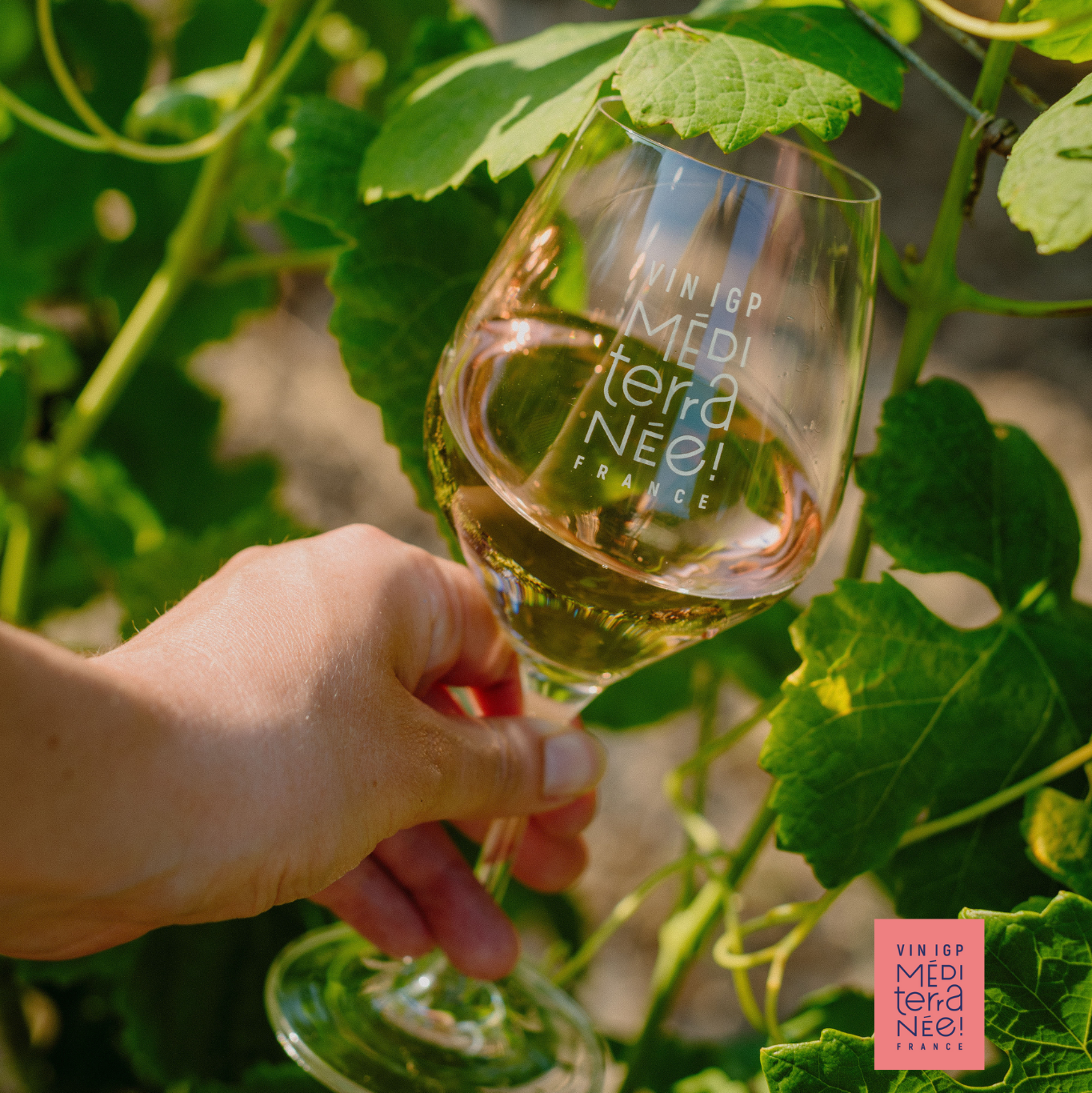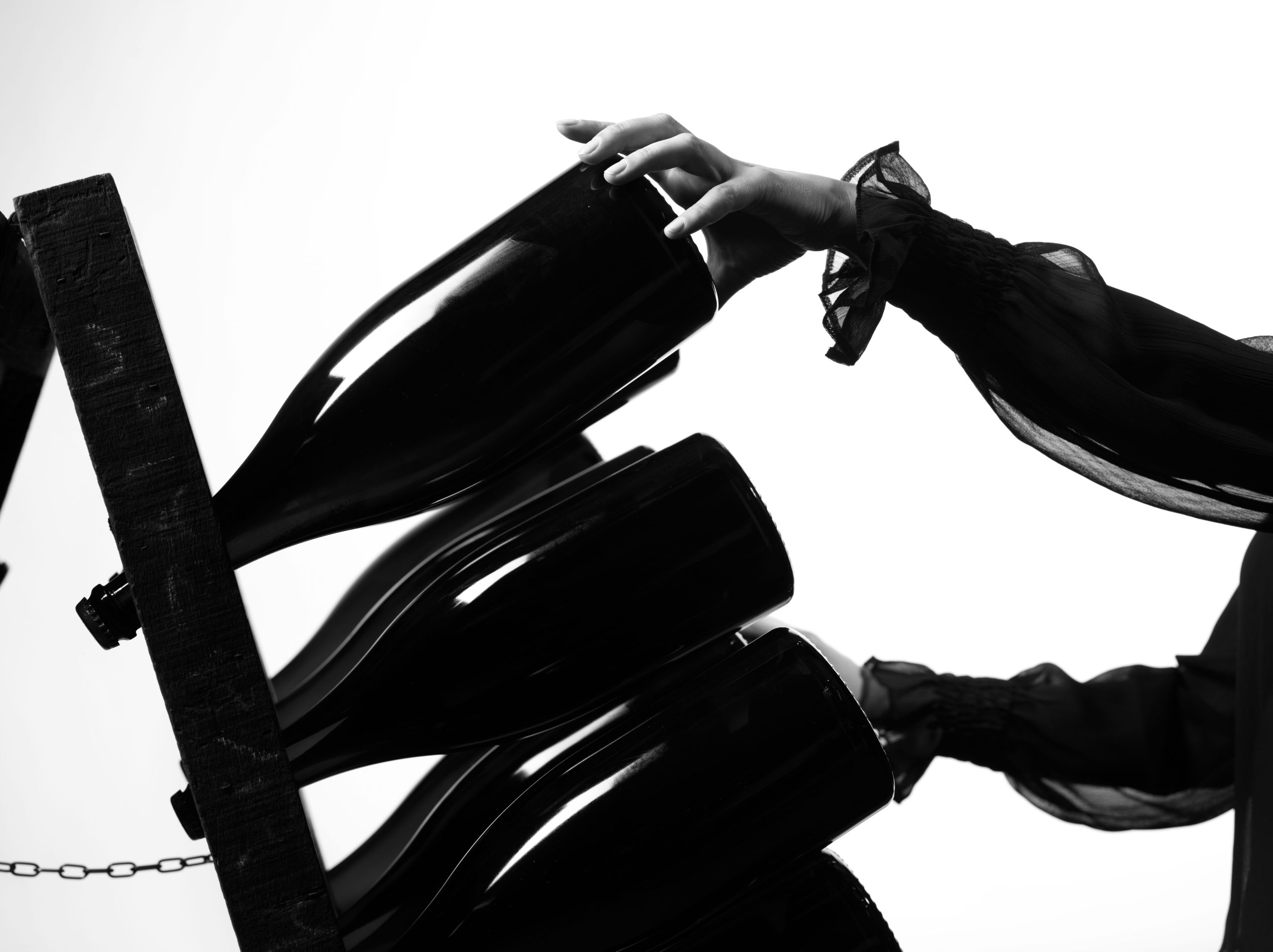ConeTech could take out wine pyrazines
The same technology currently being used to remove alcohol from wine could be employed to take out green flavours, or add in beneficial characters from grape pomace.
According to Jack Ryno, who is vice president at ConeTech alcohol removal specialists, the company’s machinery can be used to take out pyrazines – those compounds responsible for capsicum characters that are often unwelcome in red wine.
“The separation technology is based on relative volatility,” said Ryno, pointing out that any aroma compounds can be removed from a liquid depending on their rates of evaporation.
The ConeTech process uses a combination of heat and a vacuum to extract volatile components, although Ryno admitted that removing the volatile aromas responsible for vegetal characters in wine could prove a difficult process.
“We were hoping that there would be a narrow band for pyrazines, for example, at 5% they would separate, but we have found that they can be anywhere from 1% to 12% of the most volatile components, so it’s complicated,” he said.
Continuing, he stressed, “We can do it, but it is not commercialised, and I fear it would be expensive; the economic side is having a hard time justifying itself.”
However, he said that the ConeTech process wasn’t initially designed to remove alcohol, just applied to do it due to demand, and the technology was already being used by dairies in New Zealand to remove grassy pyrazine flavours from whey.
Ryno’s colleague Werner Engelbrecht, who works for ConeTech in South Africa, said that he believed there would be demand for such a service in the Cape in particular.
Partner Content
“There is a potential market in South Africa, especially for Cabernet and Merlot, which have a problem with green flavours, and we could adjust the wines to make them more consumer friendly,” he said.
Meanwhile, Ryno told the drinks business that the technology could also be used to “capture the flavours” from grape pomace.
“We look at the technology as a flavour machine,” he said, adding, “For example, we could take the flavour from Chardonnay pomace from a $8-9 wine and add that flavour to it, and all of a sudden it is competing with wines at $15-20 – the flavour from the pomace adds so much fruit and depth.”
However, hindering the commercial application of this are current laws that ban such additions to wine – that is, outside California.
“The problem is how we can legally get that flavour back into the wine, although we can do it legally in California,” he stated.
Should the process be allowed, Ryno believes it could represent a major step forward in winemaking. “50 years ago refrigeration was a big deal for improving wine quality, and what’s the next step? This might be it.”





The creation of ‘Frankenwines’ doesn’t help anybody in this business. Industry and commercial elements won’t rest until they’ve completely destroyed the wine business and those that are just trying to make nice wines, without the level of manipulation. The more we have stuff like this going on, the more we’ll have demands from consumers to limit the level of manipulation AND/OR include details on labels.
I fully agree with Liam. I respect new technologies but a wine has to come from the right matching between a site (terroir or region) , a variety (like Chardonnay to give an example) , cultural practices, people and if possible a bit of history.
The quality is coming from the vineyard and gently wine making process. The excess of technology will not kill the wine industry but just wineries which are an able to express the terroir.
Wine is about pleasure, paring with food, people and not about an excess of useless technology.
Alain